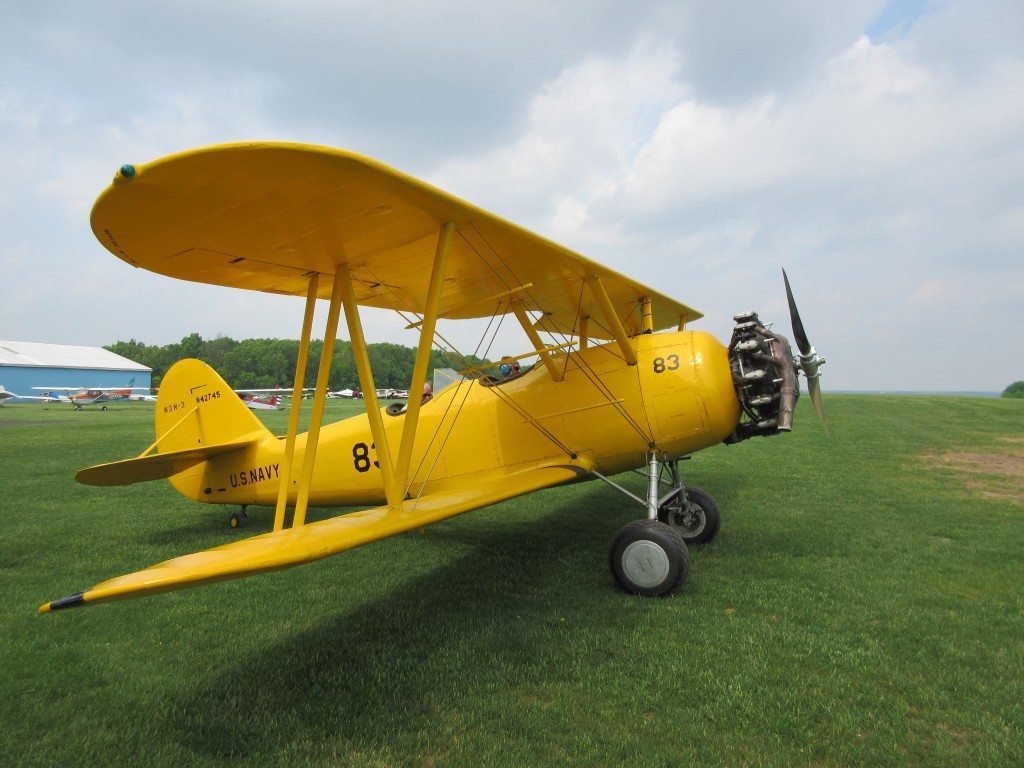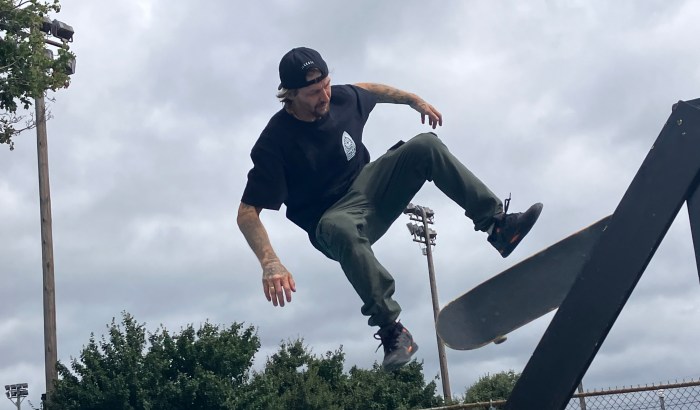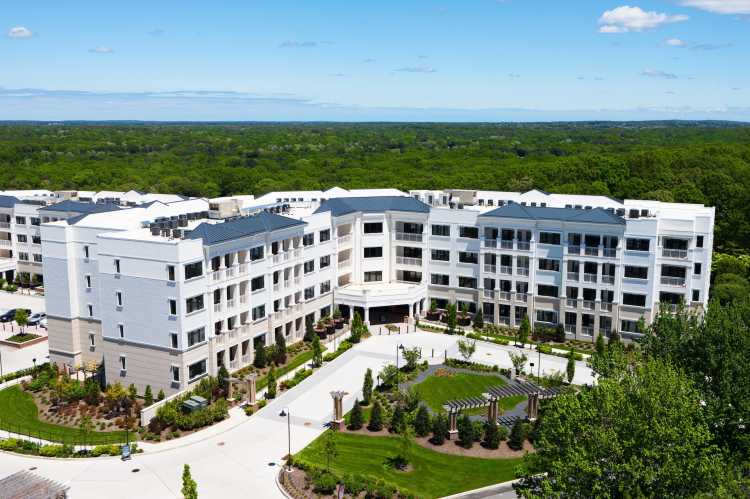
Standing on the banks of the Delaware, looking across to New Jersey, I tried to imagine what it was like for George Washington and his troops to cross the treacherous, ice-clogged water on Christmas day in 1776, a journey made famous in the heroic painting by Emanuel Leutze and depicted in the short film we had just watched at the visitor’s center at Washington Crossing Historic Park.
I recently traveled to Bucks County in Pennsylvania searching for history and found rich stories that span many centuries.

History plus adventure: I got a bird’s-eye view on a biplane trip at Van Sant Historic Airfield. My plane, built in the late 30s, was used for training pilots during WWII. Sitting in the open front cockpit, with the pilot navigating from the back, we zigzagged on the grass runway during take-off because it is impossible to see straight ahead. No loop-de-loops in the air, but still a thrilling trip.
The eastern border of the county hugs the Delaware River and a drive along tree-lined River Road—approximately 40 miles—is a good way to explore by car.
At the southeastern end is Pennsbury Manor, the home of William Penn, the Englishman who founded a new free, Quaker settlement in what was to become Pennsylvania. The state was named for William Penn’s deceased father at the insistence of King Charles II who gave the colony to the son to repay a debt the king owed the father. This bucolic environment with its manor house and a variety of ancillary farm buildings, invites unhurried strolling. There is no food sold there but picnicking is encouraged.
It’s a short ride from Pennsbury to Fallsington, a village established in the 18th century as a seat of Quaker life. A free walking guide booklet, available from the Historic Fallsington Information Center, describes the 26 homes and public buildings, a mix of houses from the 18th and 19th centuries and a settler’s log house, built in the 1760s. Most of the houses are privately owned and occupied.

Going north on River Road is the town of New Hope, popular for shopping, dining and theater. The historic Bucks County Playhouse, originally a grist mill and later a theater, has showcased the likes of Helen Hayes, Grace Kelly, Dick Van Dyke, Robert Redford and Audra McDonald. The theater, renovated three years ago, is a blend of old and new, retaining the vast space of the mill with a state-of-the-art stage.
Go inland to Doylestown to tour Henry Mercer’s Moravian Pottery & Tile Works.

Mercer, of Doylestown, was typical of adventurers during the Victorian era: educated, bold and intensely curious about the larger world with enough wealth to support exploration. He founded the factory in 1898 to create artisanal ceramics from local clay.
Nearby is Fonthill Castle, Mercer’s 44-room residence made of hand-mixed concrete and richly decorated with handcrafted tiles from his collection. Top off the visit to another Mercer castle, a six-story concrete museum that he built to house his collection of early American everyday objects.

There are 12 covered bridges left in Bucks County. Since there are no markers leading you to the sites, the best choice is to log onto the Bucks County Tourism site for step-by-step directions.
Up north on River Road is Ringing Rock County Park, a seven-acre field piled with boulders. Bring a hammer to strike the rocks to elicit the desired ringing. Ringing Rocks is an odd spot. You can be sure that the Lenape, who were the original owners of the site, had interesting mythical explanations for the stones that ring.
Visit www.visitbuckscounty.com to plan your trip.



































